|
This year, I am celebrating my 10 year anniversary as a practitioner in the field of change management. I started to get curious about the topic while I was deep in implementing knowledge management programs at a multinational company. We were constantly presenting new ways of working to our colleagues and it was natural to get closer to the levers of facilitating change.
Admittedly, Change Management is not the most popular term and yes, I am not using it a lot either. Still in my heart I know, I found my calling in this profession. On the one hand, I am always eager to look at performance and improvements. On the other hand, I like to connect with people and I am curious about how they are interacting with each other. Both topics are very tightly interlinked. New systems, processes and organisations only unfold their potential when they are embraced by the people involved in them. And, we can only design great systems, processes and organisations, when we deeply understand the human actors in it. The way I look at the change management is holistic. This means, I suggest that we go beyond the simple implementation of (for example) a new software tool; a better way is to look at the journey and the larger ecosystem where this software is supposed to add value. In this sense, my focus is on how can I enable people to embrace and grow with the constant change that is happening around them. How can we bring more antifragility to the people and to the organisation. in my eyes, this has a lot to do with culture and leadership. How can we create the right space between people that they can grow together; and as a leader, how can I provide a platform that gives people passion and ownership. How did I get started? In the beginning I read a lot of different books and articles about the topic and followed a course or two. And about four years ago, I also started with my certification. I can really recommend to get in touch with the global Association for Change Management Professionals (ACMP); you can find great, like-minded people and lots of resources. They have developed a great professional standard and I like their certification path. Though, most important is to be exposed and learn on the job - consciously applying what you think is right, try new things and develop your own practice. I want to thank the people that strongly supported me on this path: San-Daleen, Jerome, Sandra, Michael, Björn and many others!
0 Comments
In my practice, I am often talking about three different topics: change management, operational excellence and innovation. For many people, they are very different concepts and many companies assign these to different departments. What makes them so distinct? Or are they not?
For me, they are strongly supporting each other and tightly interlinked. Let's start with innovation. This topic is about creating and implementing new solutions. Change management is supporting innovation by driving the change (behaviours) that the new solution will bring. And according to some studies, about 80% of the innovation are incremental, operational improvements, while still disruptive. In the same way, operational excellence is strongly supported by innovation methods in order to discover crazy ideas. And, in my experience, change management practices support to engage the people and motivate them bring better results. Lastely, for me change management is directed at improving the business. This can only happen by cultivating an innovation mindset and driving operational excellence across the entire organisation. So, instead of distributing these three topics in different corners of your organisation, bring them together. Some successful companies have one (Transformation or Excellence) team which can be the driver for company-wide innovation which includes operational excellence and has strong change management practices. How do you bring innovation, change management and operational excellence closer together? We are excited to provide you with the findings of our follow-up study about how leaders in Asia and Europe are working through the pandemic. If you remember, in July we published the first report: Teams Come First - New Business Models Later. Here comes part two...
The second study has crystallized some key questions for the way forward: How do you provide a sense of stability in an uncertain environment? How can you focus on Employee Motivation and Customer Value? And, how can you keep nurturing solid relationships in your ecosystem? The results also show that people - and that’s employees as well as customers and business partners - are taking center stage. Still, many people indicate that they lack direction and vision. Complete report: hive17.com/antifragilityreport2021 Now is a great moment to evolve and develop your teams and your business. How do these questions and topics resonate with you? In the last post, I shared arguments to shift from command & control to guide & facilitate leadership. What does that actually mean? What are the new leadership routines? In the context of positive leadership, I am promoting two key activities for an effective leaders: establish a collective dream and actively let go.
Let me start with one question: as a leader, are you controlling your entire ship? And is that actually something you want to achieve? How can you ensure that all relevant information is coming to your desk? What are you levers to motivate your teams to follow your vision? What is the behavioural impact of taking central control? And, do you want to take this burden on yourself? This approach of running your organisation might lead to bottlenecks, people not performing to their potential, and slow-down of the organisation and the people. So, how can I engage in the two key activities and give control away? The start is to create a collective dream (guide); a dream because we want to evoke passion; collective because the dream is created and lived by everyone in the organisation. One important result of this collective dream is that everyone is looking at lasting success, and this is based on a balance between delivering positive outcome and developing the organisation and the people to become better. Here some suggestions:
In one of my recent coaching engagements we talked about this collective dream in the context of a people initiative. While we discussed the objectives and the motivation around this initiative, it became apparent that the goals of the people responsible for the implementation where not aligned with the business intention. We identified a potential resistance and started to work on the alignment of the objectives. Once this meaningful direction is established, the second activity is to actively let go (facilitate). With this we start to increase decision-making power at the front (where the information is). Here the qualities of curiosity, appreciation and learning are so important. As a leader, you start to appreciate the capabilities and progress people are making; you are curious to discover new approaches to solve problems, and you are experiencing that you can still learn a lot. Key activities in while letting go are:
Coming back to the coaching engagement above, we identified that the regional expert acted as a central node of expertise. This created bottlenecks and hindered learning across the regional group. We then established regular sessions where we facilitated conversations between the local experts that they can share their practices and ask for direct support from peers. This example also shows that we are creating leaders on all levels. And in my experience, providing guidance via a collective dream is often well understood. Though, many leaders are still afraid to let go. What hinders you to let go and give control to your people? Command and control leadership style is outdated - we heard this many times. What makes it outdated? What are the alternatives? How can we establish the right routines for a new leadership approach? There are many debates around this topic and I feel I want to share my belief and opinion.
Control - let's start with this as many of us have experienced it in form of micro-management. Frequent status update meetings ask if the projects are on the right track. Senior managers churn out roadmaps and give milestones on what needs to be achieved by when. An army of analysts provide reports on a number of data points. All this machinery is in my eyes blocking ownership; there seems to be no leeway for experimentation and leveraging experience. In my experience, people at the front know best where to improve and where we can reduce friction. Though, they need an environment where they can connect with diverse experts and experiment with different options. The objective here is to learn, make quick decisions and continuously improve and excel. As a leader, we need to be the facilitator for this environment, removing bottlenecks, allocating resources, and connecting the right people. And, this requires a big picture direction... Command - the second dimension is more nuanced. Managers might give commands, telling people what to do and giving them very little room to explore their own methods and defining their own objectives. Again, this is close to micro-management and the lack of freedom where to go is stifling creativity and a growth mindset. At the same time, a commander's responsibility is to give people a purpose and direction, and keeping the teams aligned with a bigger purpose. The big question here: are we creating followers or leaders? In my experience, I have seen often a gap between a nice mission statement and how people perceive this is impacting their daily work. People need a high-level direction that allows them to define their daily priorities. And, everyone should be involved in defining this high-level direction to add their 'local' expertise and for better adoption. As a leader, we need to be the guide to jointly develop a collective dream. And then, coach the teams to translate this dream into a meaningful direction for themselves. Based on these arguments, I propose to switch from command & control to guide & facilitate leadership. In short, I prefer to call it positive leadership which focuses on appreciation, coaching, curiosity and learning. Where do you see the pitfalls of command & control? Image credit: Konrad Frost, Volvo Ocean Race When is the last time that you have been frustrated that you have not reached your objectives? This might be a personal fitness objective, an ambitious result for your sport or a project deliverable at work. In my practice, I observe that most people are setting goals that seem to be unachievable. Which can lead to frustration and in the best case, lack of celebration. Is this in itself a bad thing?
Setting high ambitions are a great thing. They can induce passion and purpose we want to strive for. This collective dream brings the members of a team together, they create alignment and meaning. There is no doubt, ambitions and objectives are essential. And this collective dream makes us start the journey. Though, they are not good to sustain our motivation. A true, deep motivation requires that we are disconnecting enjoyment from the actual achievement of the goal. This means, we appreciate the journey that leads towards our ambition. As a swimmer, I have the ambition to reach a certain result in an open water competition. Though, I enjoy the preparation and training that leads to achieving this result; this keeps me motivated. Similarly at work, while we set a specific goal to bring our operations to excellence, we appreciate what we are learning along the way. The goal is almost an excuse to create a journey of excellence. In order to build this motivation, I suggest to keep reminding yourself about the feeling that is created by the activities (and micro-achievements) that lead towards your big picture goal. Make the journey worthwhile and valuable in itself. Then you might never lose momentum to reach your collective dream! What are your new resolutions for 2021? The start of the new year is usually the opportunity to rethink our priorities, to trigger new behaviour, and to create a new, positive momentum for personal growth.
In the last few days, while asking people about their 2021 priorities, I heard a few times the same thing: "I need to see what my boss tells me". And to be honest, I was a bit shocked. Who is owning your priorities? Here is what I think: work is part of our life; a considerable part of our life and our well-being and our achievements in our job is defining the success we feel in our entire life. Therefore, I think it is important to first understand what we want to achieve in our life overall. In 10, 20 years, what is the life we want to look back at? What are the fundamental values that define me as a person. Based on this we can then see how our current work fit into our life ambition. How does our career contribute to the betterment of ourselves? In this sense, now at the start of the year, I suggest to start to think in two steps:
Start 2021 with a new resolution: take ownership and be proactive! |
Subscribe
Receive our monthly themed summaries of our thoughts: click! TimTim is a change practitioner in the area of innovation and excellence. He is working with teams to accelerate innovation, collaboration and agility. Categories
All
Archives
July 2024
|

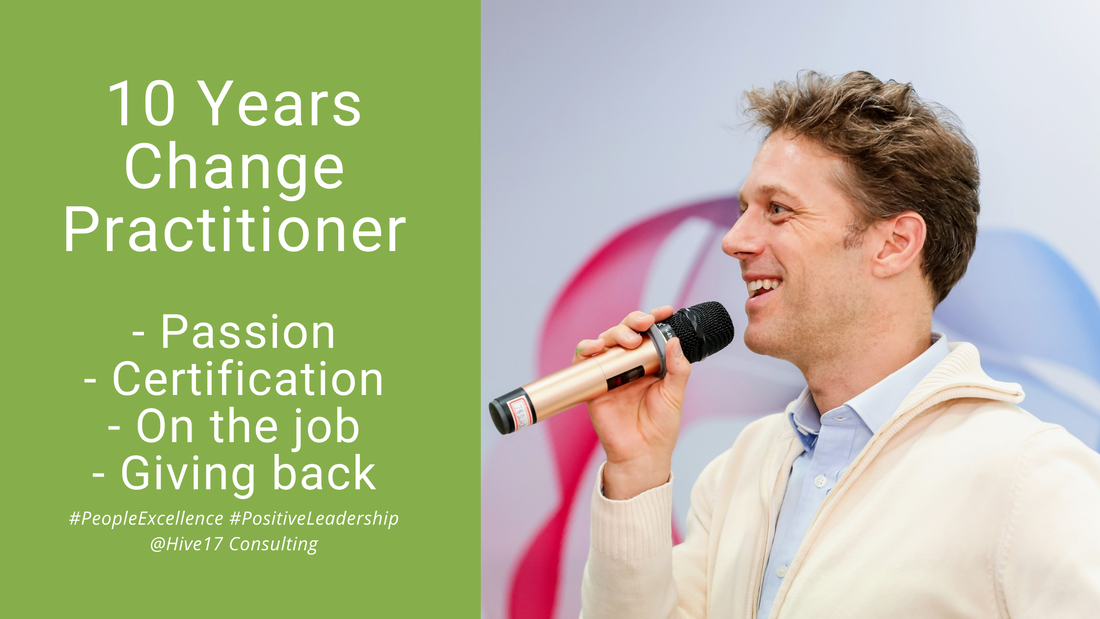
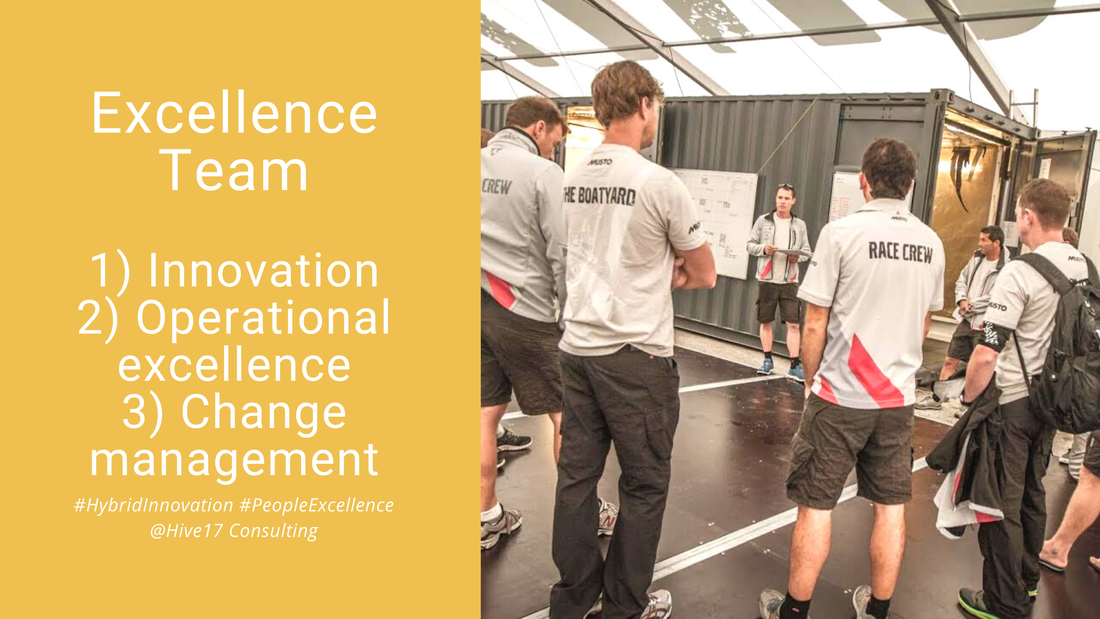
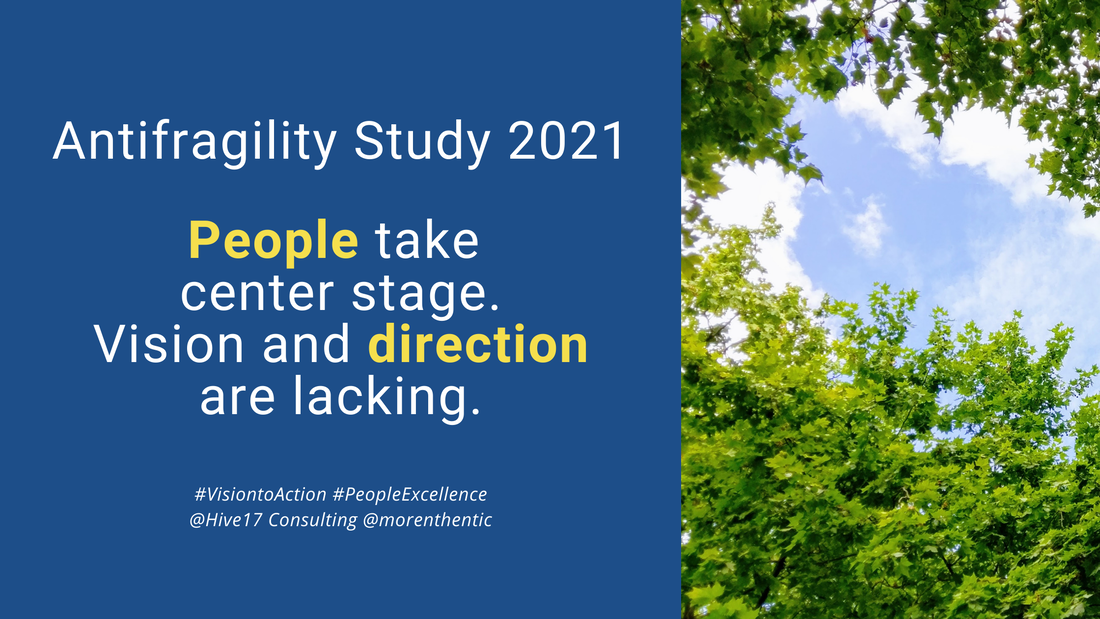
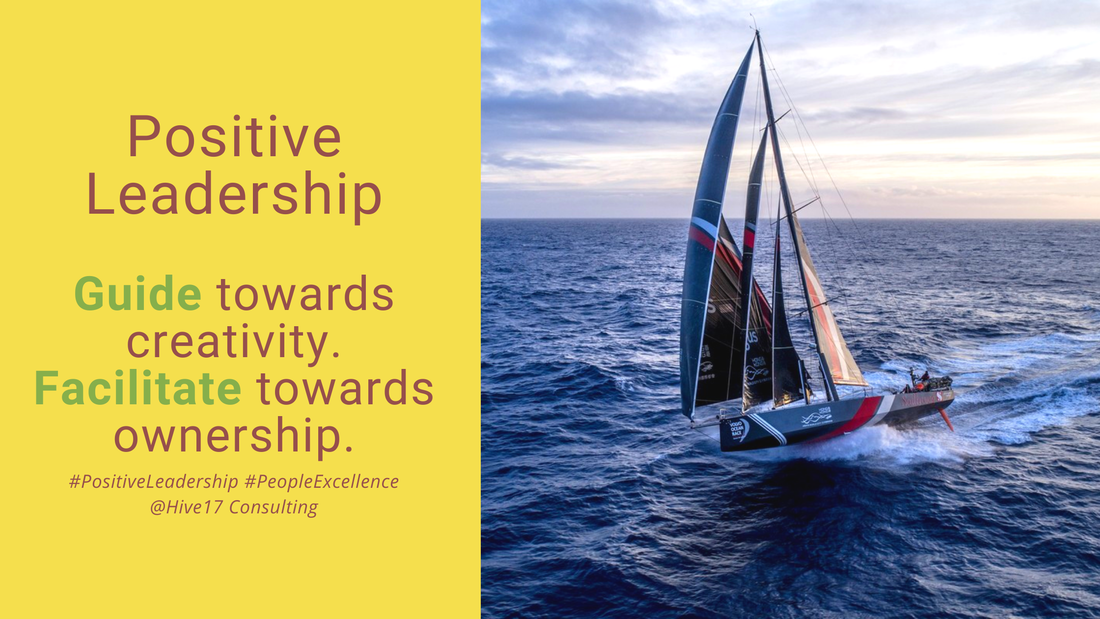
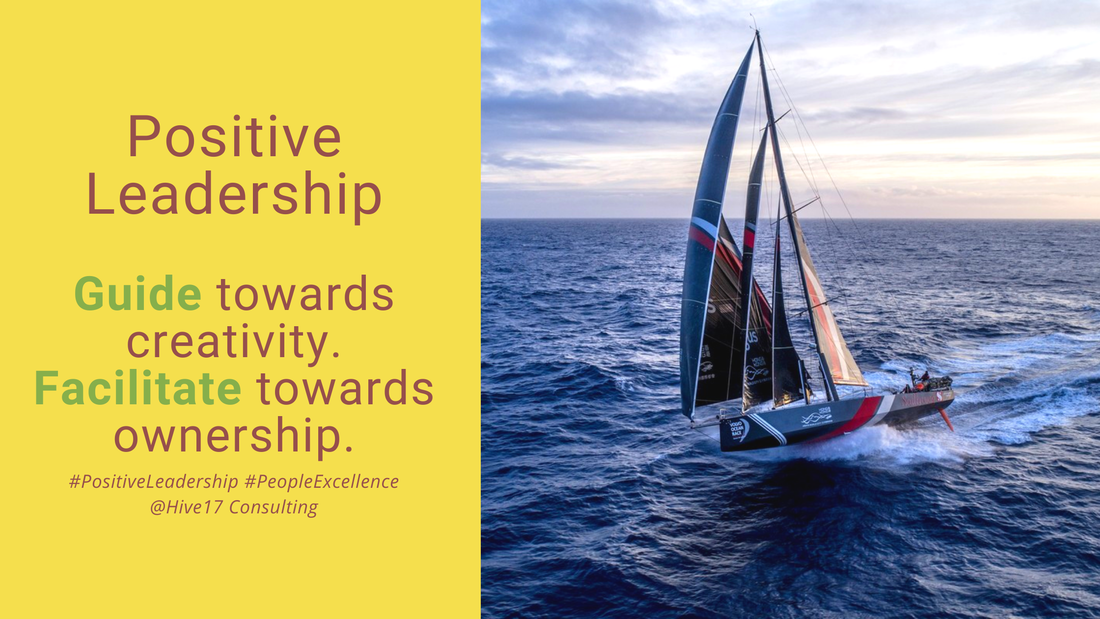


 RSS Feed
RSS Feed